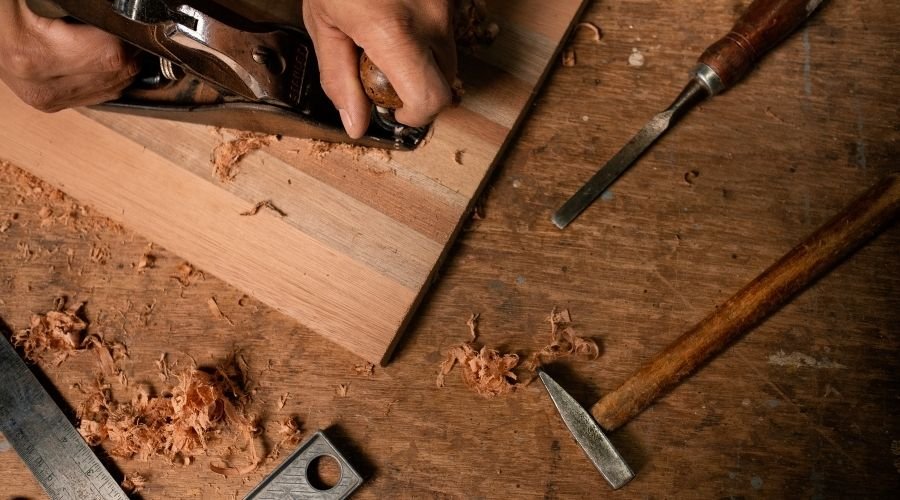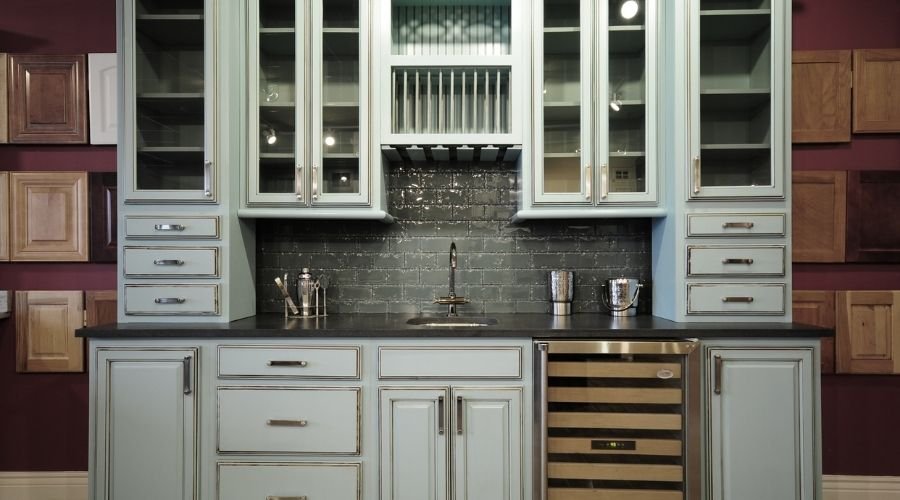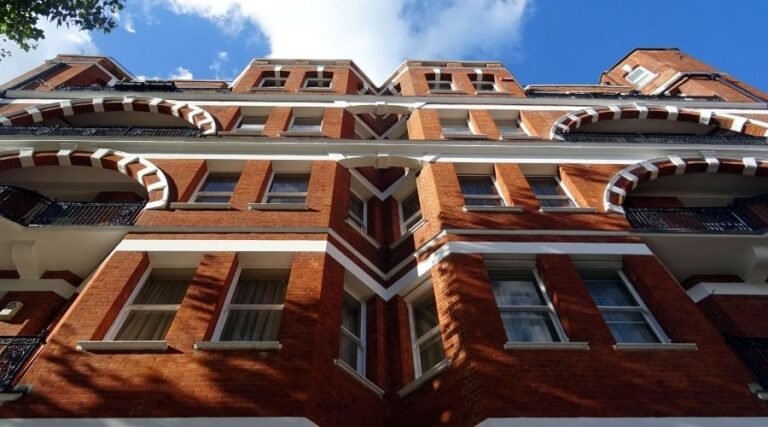Choosing the right cabinets can shape your space and enhance your daily experience. In Sydney’s ever-changing homes and commercial projects, the decision between custom joinery and modular cabinetry is crucial. Each option has its strengths:
- Custom joinery offers tailored storage solutions, designed to fit even the most difficult layouts perfectly.
- Modular cabinetry provides convenience, affordability, and quick installation, making it a popular choice for many renovations.
Knowing the difference between bespoke storage vs prefab solutions is important for more than just style—it affects usability, property value, and project efficiency. This article explores the debate of joinery vs modular cabinetry, helping you make an informed decision that aligns with your project’s vision, timeline, and long-term goals.
The right cabinets are not just an afterthought; they are essential for lasting satisfaction in both residential and commercial spaces.

Understanding Custom Joinery
Definition and Characteristics of Custom Joinery
Custom joinery, often referred to as bespoke storage, involves creating cabinetry tailored specifically to the unique requirements of a project. Unlike mass-produced alternatives, custom joinery is built to exact specifications, considering every detail down to the millimeter. This precision ensures that each piece integrates seamlessly into the designated space, enhancing both functionality and aesthetic appeal.
Unique Designs and Materials Used in Custom Cabinets
One of the defining features of custom joinery is its flexibility in design. Homeowners and developers can select from an extensive range of materials, finishes, and hardware to craft a product that perfectly matches their vision. Options for materials include:
- Solid Wood: Known for its durability and timeless beauty.
- Engineered Wood: Offers a cost-effective solution while maintaining high quality.
- Exotic Veneers: Adds a touch of luxury with unique patterns and textures.
- Metal Accents: Introduces contemporary flair with stainless steel or brass elements.
These choices extend beyond aesthetics; they also allow for specialized functions like integrated lighting, hidden compartments, and adjustable shelving.
Benefits of Custom Joinery for Projects
Custom joinery offers several advantages that make it an appealing choice for various projects:
- Tailored Solutions for Challenging Layouts: Spaces with unconventional shapes or sizes benefit immensely from custom cabinets. Whether it’s a narrow corridor or an oddly shaped nook, bespoke joinery can maximize every inch without compromising on style.
- Enhanced Home Value with Craftsmanship: High-end craftsmanship significantly boosts property value. Potential buyers appreciate the meticulous attention to detail and superior quality that custom joinery brings. It’s not just about adding storage; it’s about elevating the entire living experience.
- Personalized Design: With custom joinery, personalization is paramount. This means homeowners can incorporate unique design elements that reflect their taste and lifestyle, creating truly one-of-a-kind spaces.
Incorporating custom joinery into your project aligns with Skanska Construction’s commitment to delivering tailored solutions that meet specific client needs. By focusing on bespoke storage options crafted with high-end craftsmanship, we ensure that every project stands out in terms of elegance and functionality.
Understanding these aspects sets a solid foundation for evaluating how modular cabinetry compares.
Exploring Modular Cabinetry
Modern living often calls for solutions that balance practicality, speed, and affordability. Modular cabinetry meets these needs with a systemised approach to storage and design—one that’s reshaping residential and commercial spaces across Sydney.
What is Modular Cabinetry?
Modular cabinetry consists of pre-manufactured units or “modules” designed in standard sizes and configurations. These components—base cabinets, wall units, tall pantries, drawer stacks—fit together like building blocks, creating kitchens, bathrooms, or storage spaces tailored to the room’s dimensions. Unlike custom joinery, modular units are mass-produced using templates, ensuring every piece fits seamlessly with the next.
Key features include:
- Standardised widths and heights for easy mix-and-match assembly
- Factory-finished surfaces such as laminate, melamine, or engineered timber
- Flexible layoutsare achieved through a combination of different modules
- Compatibility with off-the-shelf hardware and accessories
Advantages of Modular Cabinetry
When weighing up options for your renovation or new build project, several benefits set modular cabinetry apart:
1. Cost-effectiveness
“Modular cabinetry offers a cost-effective solution for homeowners and developers alike—delivering reliable quality at a fraction of the price of custom joinery.”
Bulk production streamlines manufacturing costs, translating into budget-friendly pricing without sacrificing functionality. Whether you’re fitting out an investment property or upgrading an office kitchen, modular systems make high-impact upgrades possible on tighter budgets.
2. Quick Assembly & Installation
Pre-built modules arrive ready to install—no lengthy on-site construction required. Most units are designed for straightforward assembly by builders or even DIY-savvy clients. Reduced installation time means less disruption to everyday life or business operations.
3. Versatility for Changing Needs
Modular cabinetry is easily reconfigured or expanded. As your needs evolve—think growing family, reimagined workspace, or new appliances—additional units can be integrated without starting from scratch.
4. Consistency and Reliability
Because each module is precision-manufactured in controlled conditions, you receive consistent finishes and dependable quality across your project.
From apartments in Surry Hills to retail fitouts in the CBD, modular cabinetry delivers streamlined solutions where timeframes are tight and budgets must stretch further. For projects prioritising speed without significant compromise on style or durability, modular options deserve careful consideration before moving forward with detailed comparisons against custom alternatives.

Detailed Comparison Analysis Between Custom Joinery and Modular Cabinetry
Selecting the right cabinetry for your project involves evaluating various factors that impact the outcome. When comparing custom joinery and modular cabinetry, several key aspects should be considered:
Style Preferences
Custom Joinery:
- Offers limitless design possibilities tailored to individual tastes.
- Allows for unique finishes, intricate details, and personalized touches.
- Ideal for creating a cohesive look that complements other elements of your home.
Modular Cabinetry:
- Comes in predetermined styles and finishes.
- Limited customization options, but it offers a variety of modern and classic designs.
- Suitable for those looking for streamlined aesthetics without extensive personalization.
Functionality Requirements
Custom Joinery:
- Provides tailored solutions for challenging layouts and specific storage needs.
- Enables efficient use of space with bespoke features such as hidden compartments or custom shelving.
- Adaptable to non-standard dimensions, making it suitable for unique architectural elements.
Modular Cabinetry:
- Standardized sizes and configurations ensure easy integration into most spaces.
- Quick installation due to pre-made units designed for common layouts.
- Generally offers functional designs that cater to typical storage needs.
Timeline Constraints
Custom Joinery:
- Requires more time due to the bespoke nature of the work, including design, fabrication, and installation phases.
- Ideal for projects where timelines are flexible and craftsmanship is prioritized.
Modular Cabinetry:
- Faster turnaround thanks to pre-manufactured components ready for assembly.
- Suitable for projects with tight deadlines or where rapid completion is necessary.
Long-Term Maintenance Considerations
Custom Joinery:
- Higher initial investment, but often built to last with superior materials and construction methods.
- Easier to repair or update components individually due to the bespoke nature.
- Enhances property value through exceptional craftsmanship.
Modular Cabinetry:
- More affordable upfront costs, but may require replacements sooner than custom pieces.
- Maintenance might be limited by standardized components; repairs could necessitate replacing entire units.
- Offers practical functionality but might not contribute significantly to long-term property value.
Evaluating these factors helps you make an informed decision that aligns with your project’s goals, budget considerations, and desired outcomes. Both custom joinery and modular cabinetry offer distinct advantages—understanding their differences ensures you choose the best fit for your unique needs.
Conclusion
Choosing between custom joinery and modular cabinetry depends on your project’s unique needs. For bespoke, high-quality craftsmanship that enhances property value, custom joinery is ideal. If affordability and quick installation are priorities, modular cabinetry offers practical benefits. Evaluate factors such as style preferences, functionality requirements, timeline constraints, and long-term maintenance to determine the best fit for your space.
By understanding the strengths of each option, you can make an informed decision that aligns with your vision and goals. Select the solution that best complements your project’s ambitions and constraints.




